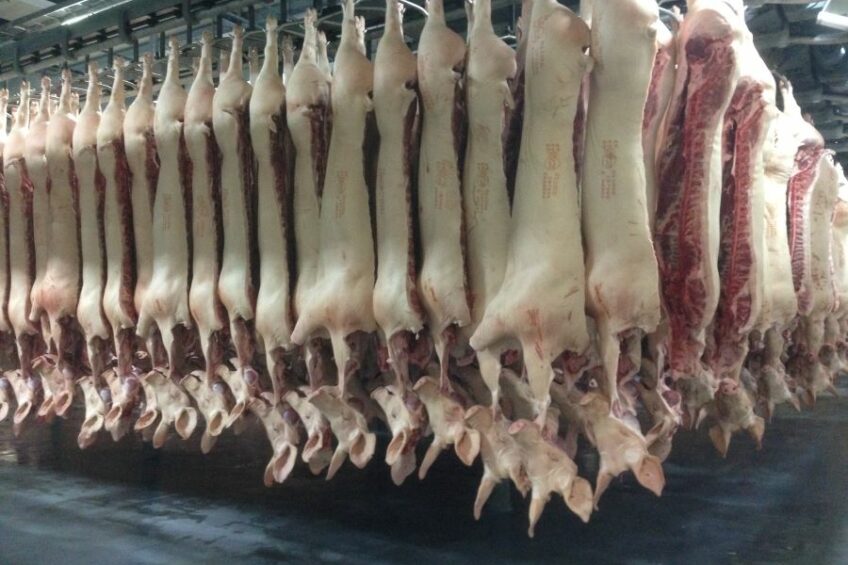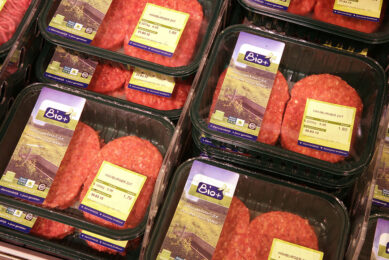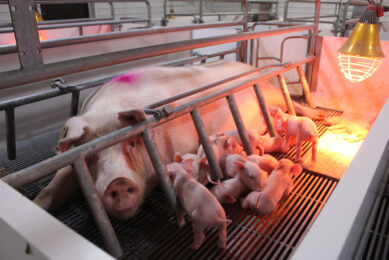UK pork production at 5-year low

The UK pork production fell by 11% to a 5-year low in 2023, as slaughter figures declined by 10% to the lowest figure in a decade. For the full year of 2023, the pork production was 927,400 tonnes, the lowest annual volume recorded since 2018.
Carcass weights, averaging at 89.1kg, were lower throughout 2023, compared to 2022 when the long backlog in pig slaughter due to a number of reasons resulted in elevated weights.
781,800 animals
In December, the UK produced 71,900 tonnes of pork, a decline of 18% compared to the last month of 2022. Clean pig slaughtering fell by 17% to 781,800 animals, representing a loss of over 177,000 head from December 2022, despite reported efforts to pull pigs forwards ahead of Christmas, the National Pig Association (NPA) said.
The December slaughter deficit contrasted with much smaller year-on-year declines for November (910,000) and October (887,000) of 5% and 10% respectively. “Adverse wet weather conditions caused flooding and wider disruption during the month and may have had an impact on throughputs,” said senior analyst Freya Shuttleworth at the Agriculture and Horticulture Development Board (AHDB).
Pig population declined
The UK Department for Environment, Forestry and Rural Affairs (Defra) earlier reported that the overall pig population in the UK declined by more than 10% between June 2022 and the same month last year. The number of finishers in June 2023 was down by 11.2% to 4.26 million head, the lowest number recorded since 2015, reflecting 2022’s UK breeding herd contraction on the back of the 2-year industry crisis and the impacts on fertility of the summer 2022 heatwave, the NPA says.
Import
In November, the UK had to import 71,300 tonnes of pork, up 1,200 tonnes compared to the previous month. In the months August until November, UK pig meat imports were constantly higher than in the month before. For the 1st 11 eleven months of 2023, imports were still 2% lower at 720,000 tonnes. Multiple factors are contributing to the increase in import volumes, and lower production in the domestic market remains central, AHDB said earlier.











